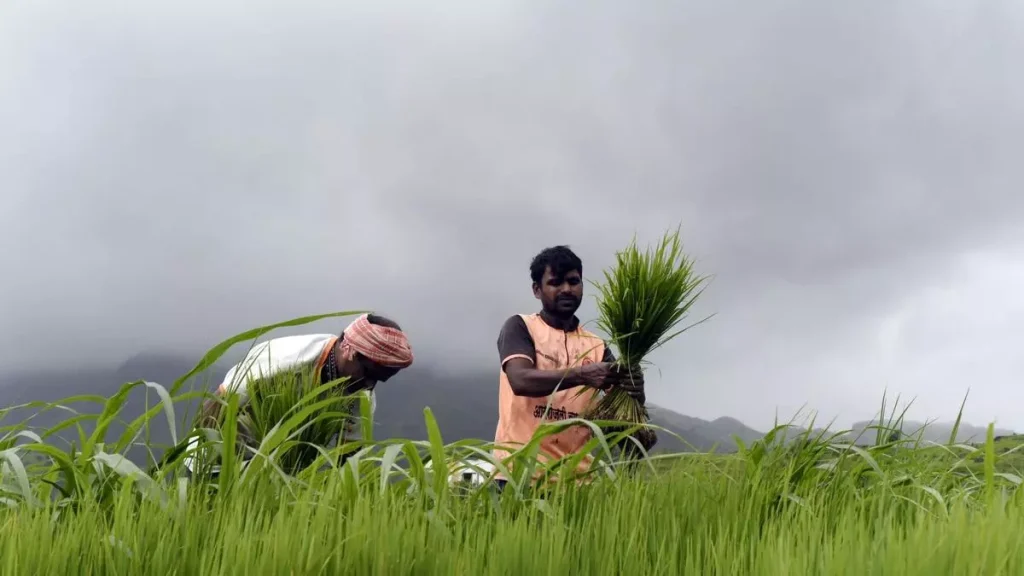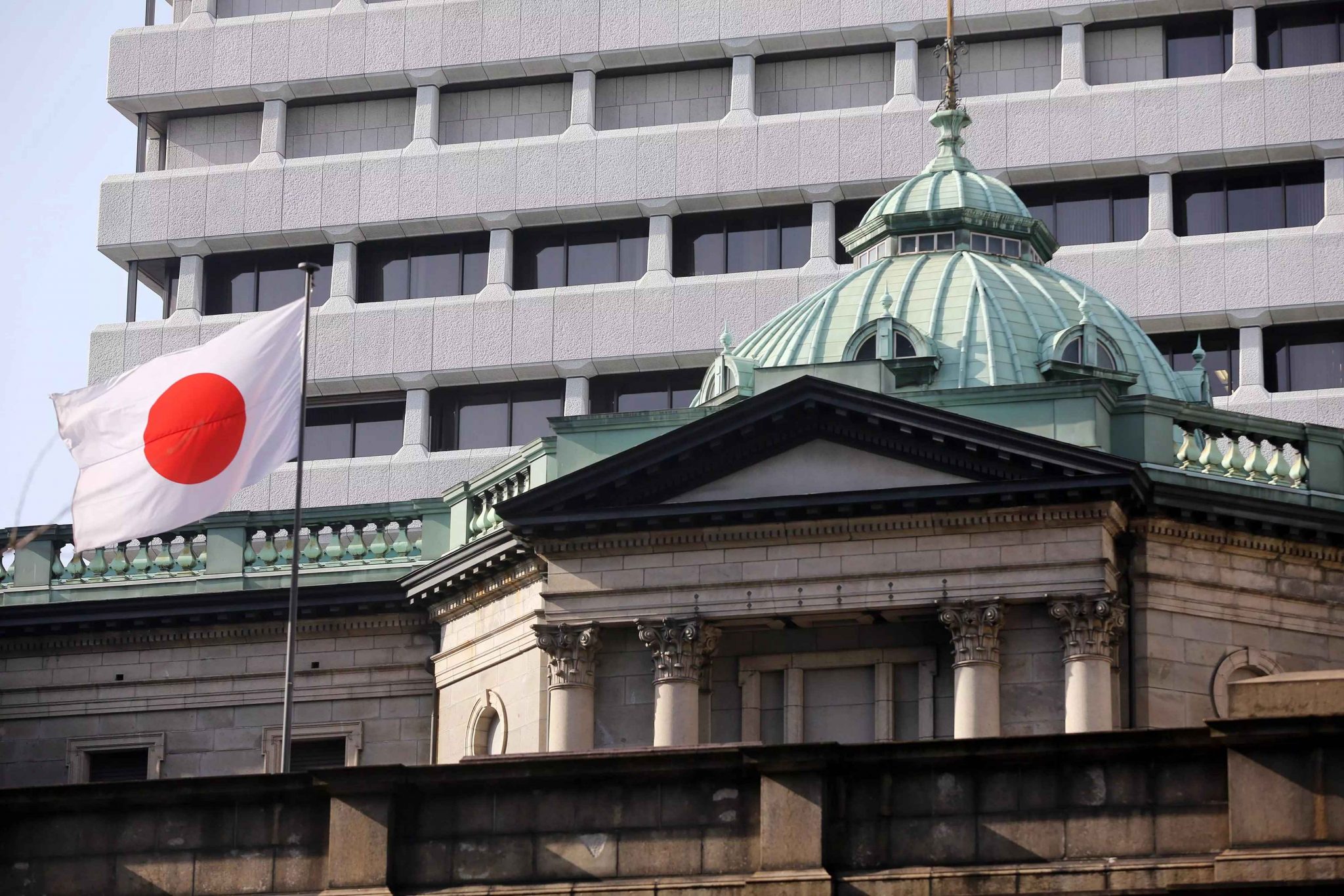Tags
Rice, a political crop in India
Given the already high levels of global hunger, lifting the ban on non-basmati white rice would provide much needed support in humanitarian terms.
Raj Mann

The lack of progress towards the goal of “Zero Hunger” highlighted in the report on “The state of food security and nutrition in the world 2024” by the Food and Agriculture Organization (FAO) on July 24 reminds us of the ban that the Indian government imposed on the export of non-basmati white rice on July, 20, last year. Although, subject to government approval non-basmati white rice export to some countries was permitted to meet their food requirements
Rice is a staple food for half the people on earth. This ban, therefore, left global rice markets in a perilous state. The government stated that the ban would “ensure lower prices and availability in the upcoming festival season”. Another suggestion was that the ruling BJP had introduced the ban in order to control increasing rice prices due to the general election. Now, the election is over, and the BJP has remained in power with the help of its allies. It has been a year since the export ban was imposed, and it is time to evaluate how this decision has affected global rice markets.
How effective was the export ban in controlling rice prices in India? We must also ask what is stopping India from lifting the ban despite sufficient rice buffer stocks, how lower-income countries dependent on Indian rice are affected, and when to expect relief from the ban.
According to data from the Agricultural and Processed Food Products Export Development Authority (APEDA), in 2022, India accounted for 30 per cent of global non-basmati white rice exports. The ban, therefore, had a significant impact on rice prices globally. After one year, the FAO’s “All Rice Price Index” closed at a high of 136.6 in June 2024, up 10.4 points from its highest figure in June 2023. The rice subindex of the International Grains Council shows an annual change of +14 per cent in July. Looking at the rice prices in India since the ban, the average wholesale mandi price of rice was Rs.2904.85 per 100 kg on July 18, 2022, and Rs.3365.03 on July 18, 2023.
In contrast, the price had risen to Rs.3629.23 on July 19, 2024, an increase of 7.85 per cent since July 2023. To understand why the government has not lifted the ban we must look at the prices of other essential commodities. In June 2024, while year-on-year inflation based on the consumer price index stood at 5.08 per cent, year-on-year inflation for cereals and products stood at 8.75 per cent, for vegetables 29.32 per cent, and for pulses and products, 16.07 per cent.
Therefore, despite sufficient rice buffer stocks in India, the high prices of these commodities put pressure on the government to keep a check on rice prices. This brings us to the question of when India will lift the ban. To answer this, we need to look at rice production in India, and we need to examine the politics. The first two advance estimates of production of foodgrains for 2023-24 indicated rice production shortfalls of 27.687 million tonnes and 10.185 million tonnes, while the third estimate shows a surplus of 2.7 million tonnes. The latest estimate gives some relief with respect to rice supply.
However, despite this figure, the government has not reconsidered the rice export ban. Some 80 per cent of India’s rice production comes from the kharif crops (harvested from October to December). And 50 per cent of rice production comes from five states (Uttar Pradesh, Telangana, West Bengal, Punjab, and Chhattisgarh). Therefore, this awaited kharif harvest could be a cause of government inaction.
Rice is a political crop in India. The BJP had an absolute majority in the 2019 general election but fell short of achieving this in 2024. It faced losses in its stronghold States of Uttar Pradesh and Haryana, among others. Assembly elections will be held later this year in the States of Haryana and Maharashtra. As the BJP did not do well in these areas in the general election, it could see this as an opportunity to regain some ground, and thus would want to avoid the political risk involved in lifting the rice export ban.
Low and lower-middle-income countries (Benin, Guinea, Togo, Vietnam, Côte d’Ivoire, Senegal, and Somalia) imported nearly 40 per cent of Indian rice in 2022-23, and 48 per cent in 2023-24. Based on the data available from APEDA in 2023-24, these countries paid on average 15.54 per cent more to import rice from India compared to the previous year, while the price paid by high-income countries (Saudi Arabia and Kuwait) was 3.91 per cent lower than the previous year.
The reasons behind this price difference remain to be explored, but it is clearly extremely unfair. In summary, India has sufficient rice stock, and although prices of pulses, fruits and vegetables are high in India, the prices of rice are in control. The kharif rice harvest is a few months away, therefore, some relief can be expected by September. Given the already high levels of hunger in the world, lifting this ban would provide much-needed support in humanitarian terms.
https://frontline.thehindu.com/the-nation/agriculture/food-and-agriculture-organization-zero-hunger-ban-on-export-of-non-basmati-white-rice-kharif-rice-harvest/article68557789.ecePublished Date: August 24, 2024






